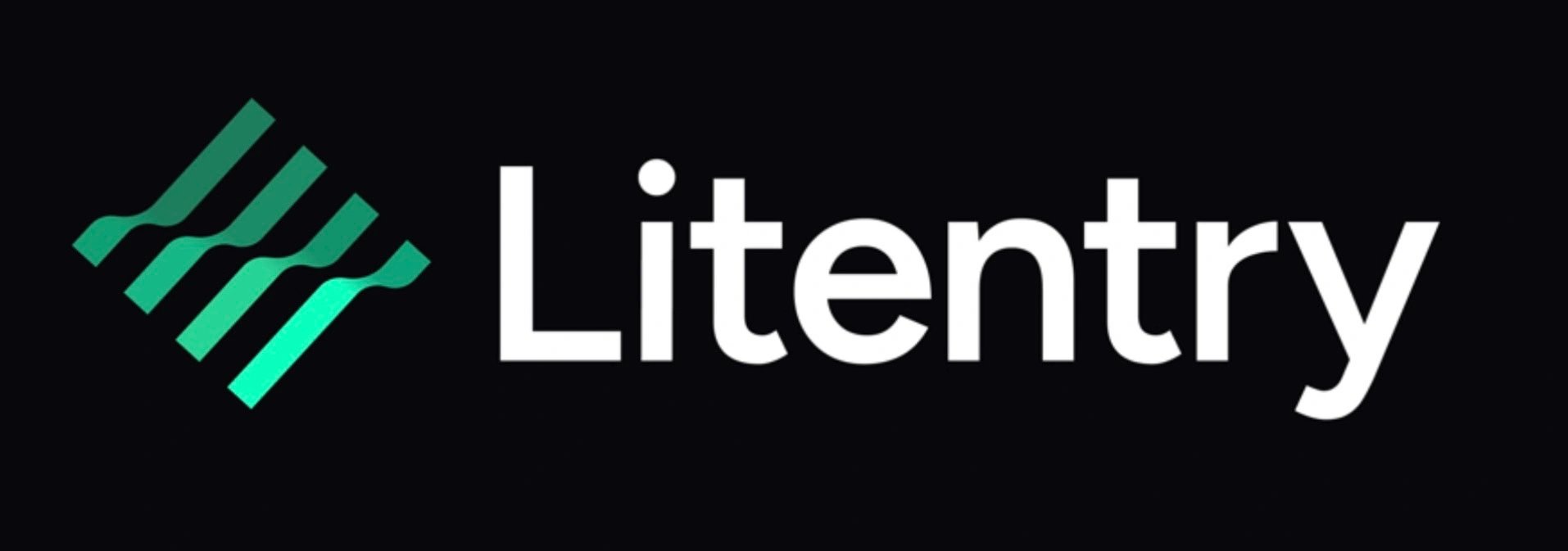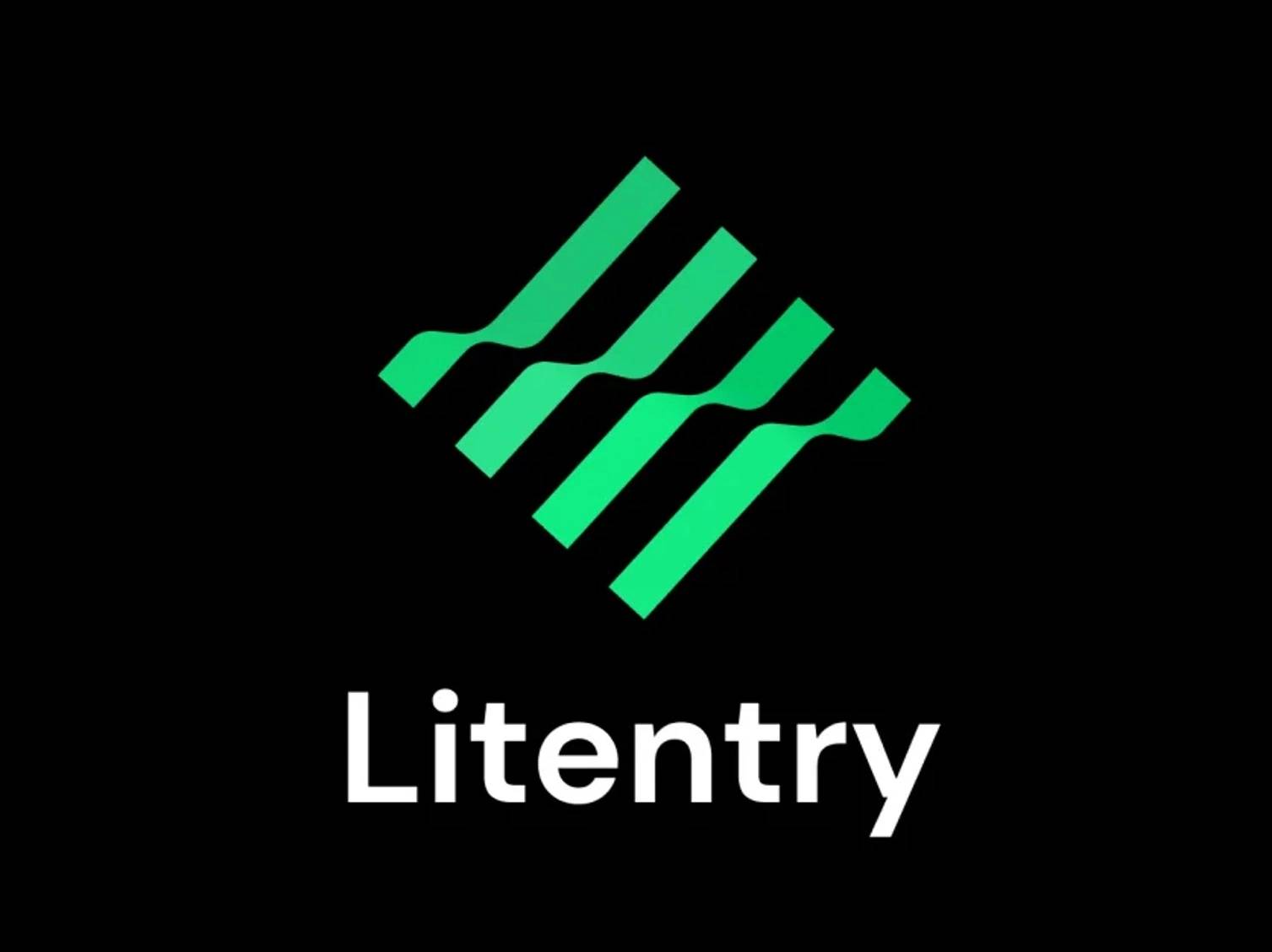Subscribe to wiki
Share wiki
Bookmark
Litentry
Litentry
Litentry is a decentralized identity aggregation oracle built on the Substrate framework, designed for compatibility with Polkadot, EVM-based platforms, and other multi-chain networks. Utilizing Trusted Execution Environments (TEEs) and verifiable credentials, Litentry enhances digital identity management by prioritizing privacy and security. Its main platform, the IdentityHub, provides a self-sovereign, user-centric tool for managing and verifying identities across blockchain ecosystems, integrating both Web2 and Web3. [1]
Overview
Litentry addresses key challenges in digital identity management, including data fragmentation, trust, privacy, and inefficiencies in credential handling. Built on the Substrate framework and designed for multi-chain ecosystems, it enables secure and privacy-focused identity aggregation across Web2 and Web3. Through its IdentityHub, Litentry provides a unified platform that links user identities and manages identity data securely via Trusted Execution Environments (TEEs), enhancing privacy and control for users.
Founded by Hanwen Cheng, a former software engineer at Parity, Litentry launched with support from the Web3 Foundation and venture funding. The protocol’s identity oracle promotes a trusted data economy by treating identity data as a valuable resource, and it offers developers tools for creating privacy-preserving applications. Litentry’s utility token, LIT, was listed on Binance in 2020, marking a step in its mission to foster a decentralized, user-centric identity system for applications like DeFi, governance, and on-chain reputation. [2]

Ecosystem
IdentityHub
IdentityHub is Litentry's primary decentralized tool for managing personal data across blockchain networks. Serving as the user interface to the Litentry protocol, IdentityHub enables users to aggregate, control, and selectively share identity data while prioritizing privacy and anonymity.
Key features of IdentityHub include:
- Identity Scores: A scoring system that allows users to create an aggregated identity profile based on their blockchain activities.
- Direct Invocation: Allows users to send requests directly to Litentry's Trusted Execution Environment (TEE), minimizing waiting time for service access.
- ERC-20 Sign-In: Enables Ethereum wallet users to use their ERC-20 wallets for streamlined access to IdentityHub, supporting cross-chain functionality.
IdentityHub integrates privacy-focused solutions that enhance data security and usability, reinforcing Litentry’s commitment to innovation in decentralized identity management. [9]
MyCryptoProfile (MCP)
MyCryptoProfile (MCP) is a pilot decentralized identity product by Litentry launched in 2022. MCP facilitates shielded, aggregated Web3 identities, enabling users to build ID graphs that serve applications such as PhalaWorld, with over 7,000 ID graphs created to date. Designed to connect decentralized applications (dApps) with target audiences while maintaining privacy, MCP was among the first platforms to issue “Soulbound NFTs” to represent non-transferable identity credentials. Insights gained from MCP's adoption and feedback have contributed to the development of Litentry’s broader identity management tool, the IdentityHub. [6]
Polkadot Parachain
As a Polkadot parachain, Litentry is embedded within a shared, secure network that supports parallel blockchain ecosystems. Parachains are unique layer-1 blockchains that link to Polkadot’s relay chain, which verifies state transitions, ensuring cohesive security across connected chains. Litentry utilizes this architecture to offer custom, privacy-preserving identity tools through decentralized, application-specific data structures. This structure facilitates interoperability, allowing Litentry to support cross-chain identity verification efficiently across a range of blockchain environments. [5]
Litentry Oracle
The Litentry Oracle aggregates, processes, and structures identity data for decentralized applications. It operates through a three-layered architecture:
- Identity Oracle Input: Identity data is aggregated from sources such as Etherscan and The Graph, then stored securely in a decentralized manner to maintain privacy and user control.
- Processor Unit: The processor unit uses both on-chain and off-chain computation, combining pallet logic and TEEs to ensure secure identity score calculations and verifiable credentials.
- Output: Outputs from the Oracle include verifiable identity proofs and automated actions, such as triggering events or issuing Soulbound Tokens (SBTs). These outputs provide dApps with validated identity data, enhancing user interaction while maintaining data integrity.
This layered approach allows the Litentry Oracle to provide privacy-preserving identity solutions while ensuring data integrity and usability across the ecosystem. [4]
Use Cases
- Frictionless Onboarding and Identification: Users can leverage existing verified credentials to streamline onboarding across dApps and services. This approach reduces the need for repetitive identity checks, enhancing the user experience.
- Decentralized Identity Aggregation and Management: The protocol aggregates identity information from various sources, providing a comprehensive view of a user’s identity. This simplifies verification processes and allows users to manage multiple digital identities from a single platform, maintaining control over their data.
- Trust and Reputation Systems: By aggregating identity data, Litentry helps build robust reputation systems. In decentralized finance (DeFi), lenders can assess borrowers' creditworthiness based on their aggregated identity and transaction history from multiple platforms.
- Cross-chain Identity Verification: Litentry supports identity verification across different blockchain networks, such as Substrate and EVM. This capability is crucial for applications functioning within multi-chain ecosystems.
- Proof of Humanity: Litentry’s Proof of Humanity (PoH) feature verifies real users through human-centric challenges, preventing the creation of fake accounts and mitigating Sybil attacks. This enhances security and trust on online platforms like marketplaces and social media.
- Credit Scoring: The platform can provide credit scores by compiling a comprehensive overview of a user’s trading history, asset values, and borrowing behavior. This can improve eligibility for under-collateralized lending and offer risk insights for partners. [3]
Tokenomics ($LIT)
The LIT token is available as both ERC-20 and BEP-20 tokens, providing interoperability across different blockchain environments. It serves as the core utility token for the Litentry decentralized identity aggregation network, which spans multiple blockchain ecosystems, including the Litmus parachain on Kusama and the Litentry parachain on Polkadot. Its functions include: [7] [8]
- Network Utility: Used to pay transaction fees within the Litentry network.
- Collator Incentives: Supports collator activities and promotion campaigns to strengthen network security.
- Governance: Empowers network governance by enabling holders to propose and vote on referendums, participate in council elections, and influence network decisions.
- Identity Services: Acts as a utility token within identity products and services on the platform.
- Staking: Supports staking mechanisms within the network.
Allocation
The LIT token distribution is organized as follows:
- Binance Launchpool: 3% of the total token supply.
- Seed Sale: 8.11% of the total token supply.
- Strategic Sale: 11.89% of the total token supply.
- Team: 15% of the total token supply.
- Parachain Auction & Ecosystem: 45% of the total token supply, supporting network development and expansion.
- Foundation: 17% of the total token supply, dedicated to sustaining the Litentry Foundation’s initiatives and network infrastructure. [7]
See something wrong?
